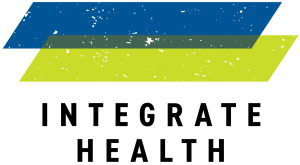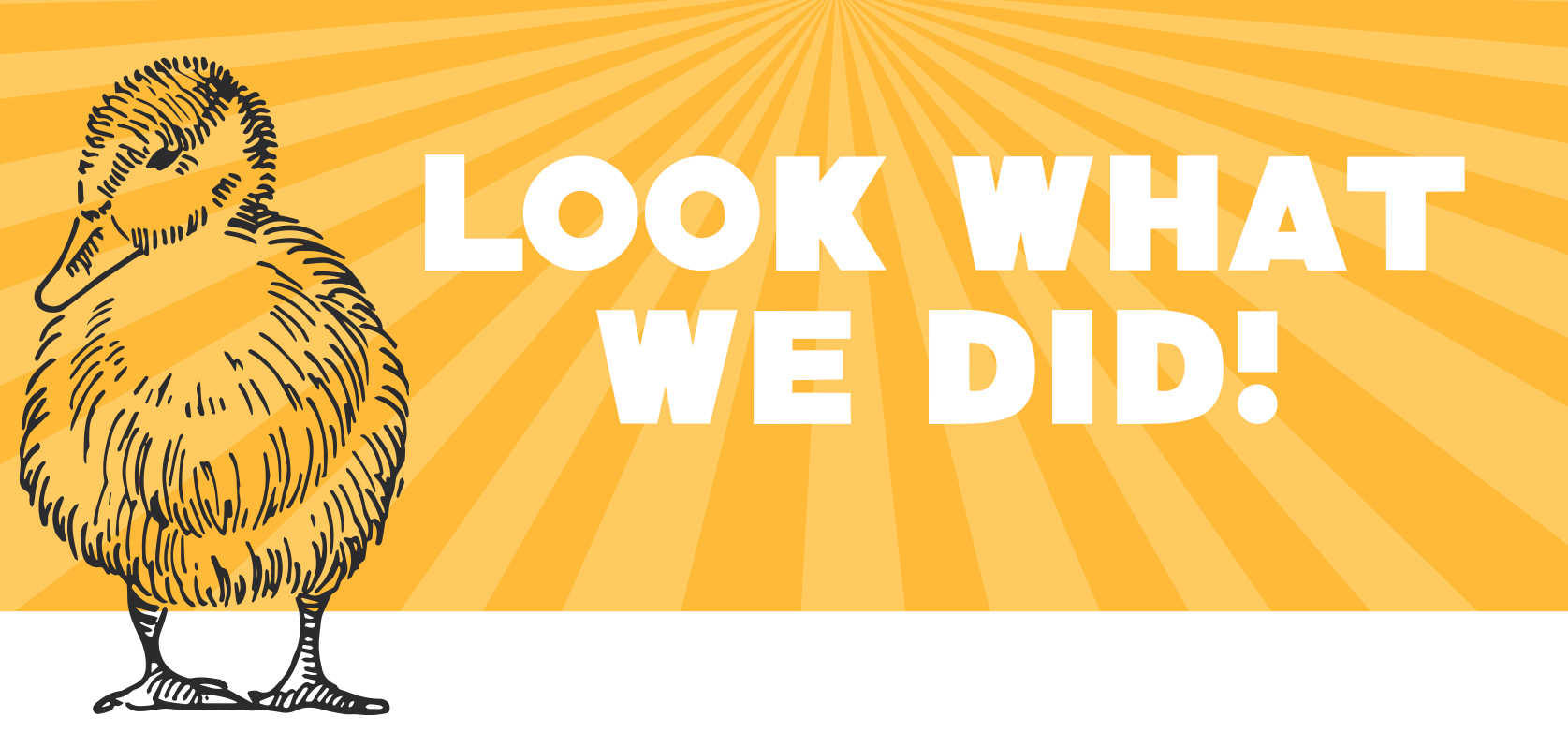Integrate Health
Change is hard. Even for the best reasons. Even under the best circumstances.

Change is hard.
Even for the best reasons.
Even under the best circumstances.
After nearly 15 years of lifesaving work in Togo, West Africa, a band of activists living with HIV and the Americans they had won to their cause, were ready to expand their focus. They were confident that the techniques, the technology, and the methods they developed fighting HIV/AIDS could be applied to child mortality trends, increasing access to medicine, and expanding reach into the most remote and rural areas of the country to provide healthcare for all.
They just needed a brand that would mark this transformation. They needed to shed the baggage of their old identity and launch a new one that demonstrated to the world their renewed passion and purpose.
But people were scared—genuinely scared.
Was the new name too corporate?
Was the new brand too flashy?
Did it get the message across?
Were we losing more than we gained?
Would a new name accidentally erase the history of the last decade and a half?
A history marked with tragedy and triumph, victory and loss, grief and glory as the organization had seen the plague claim friends, family, and loved ones, but also win incredible victories against impossible odds that saved many, many more lives.
Strategy
There are a lot of logistics tied up in a rebrand. Especially one rolled out across two countries on separate continents in two languages. Business cards need to reprinting. Signage needs replacing. Email signatures need to be updated. Throughout an organization, every single thing indicative of the old identity needs to be replaced seamlessly, like the flip of a switch.
But we didn’t start there.
We started with compassion. We started with empathy. We started by listening.
We listened to concerns and fears and hopes and dreams. We collected the history of the organization—the painful, the powerful, the sad, and the inspiring—so that it wasn’t lost in the flashy new color palette and engaging new logo.
We crafted a narrative that showed how where they’d been informed where they were going. We showed how that hard-fought, hard-won history fueled their future.
The future of the organization and the future of the country.
And, we shared that story throughout the organization. We shared it with the staff, the Board, donors, funders, Foundations, longtime advocates, champions, supporters, and friends. We worked with a NY-based videographer to craft an anthem video that shared that story. We wrote essays and articles and talking points and presentation templates telling that story. We redesigned and rewrote the entire website to reflect every aspect of that story.
Then, we got busy on those business cards.
We also wanted a home run in year one that amplified the new brand to make good on all those promises. We worked with the incomparably talented photographer—and fellow Odd Duck—Zoe Rain to give red carpet treatment to rural Togolese women and children, creating powerful black & white images that showed the strength, resilience, and spirit they embodied. In a field dominated by poverty porn and endless pictures of tragedy, Zoe expressed a hope, possibility, and opportunity that was completely—dare I say—on brand.



Select photos exhibited in Chicago and New York. We crafted a series of stories that accompanied the photographs narrativizing the exhibition and transporting visitors to Togo—a location few had heard of beforehand—to witness the impact of this unique healthcare model in action.
WBEZ, the Chicago NPR affiliate, covered the gallery opening attended by over 100 people.
We had flipped the switch.
Results

Following the rebrand, Integrate Health increased their revenue from $1,159,758 to $2,582,633, allowing them to double their reach. They expanded their service area to twice the size, doubled the population served from 40,000 to 93,000 Togolese, and increased the impact of their work.
Today, staff proudly rock the Integrate Health logo on customized medical backpacks, community health worker vests, motorcycles, trucks, office buildings, and clinic signage. It is as integral a part of their organizational identity as the history that helped define them.


